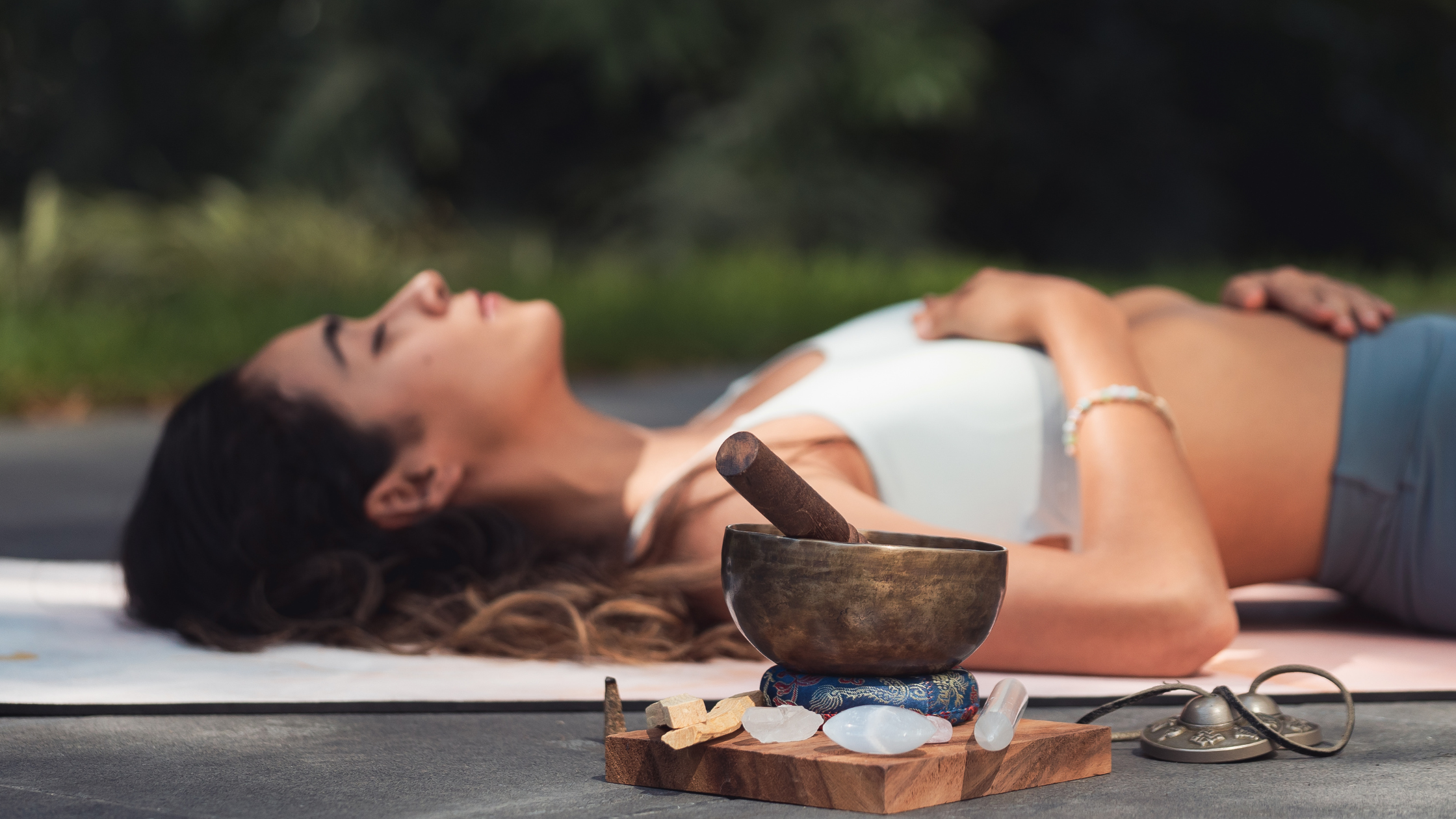In today’s fast-paced world, stress and anxiety can take a toll on our mental and physical well-being. Establishing a therapeutic relaxation routine can help restore balance, enhance emotional resilience, and improve overall health. Here’s how to create one:
1. Set a Consistent Schedule
Relaxation should be intentional and consistent. Dedicate at least 20–30 minutes daily to your routine, whether in the morning to set a calm tone for the day or in the evening to unwind.
2. Create a Peaceful Environment
Designate a space that promotes relaxation. This quiet corner could have soft lighting, soothing colours, and minimal distractions. For added tranquillity, use scented candles or essential oils like lavender.
3. Incorporate Mindfulness and Deep Breathing
Practising mindfulness meditation or deep breathing techniques like diaphragmatic breathing can help reduce stress hormones and induce a sense of calm. Try inhaling deeply for four seconds, holding for four, and exhaling for six.
4. Engage in Gentle Movement
Low-impact exercises like yoga, tai chi, or stretching can help release physical tension and improve circulation, enhancing relaxation.
5. Disconnect from Screens
Limit exposure to digital devices before relaxation. Instead, engage in calming activities like journaling, reading, or listening to soothing music.
6. Use Guided Relaxation Techniques
Listening to guided meditation, progressive muscle relaxation, or sound therapy can deepen the relaxation experience.
By consistently practicing these steps, you can create a therapeutic routine that fosters long-term well-being and helps you navigate daily stress with ease.









Leave a Reply